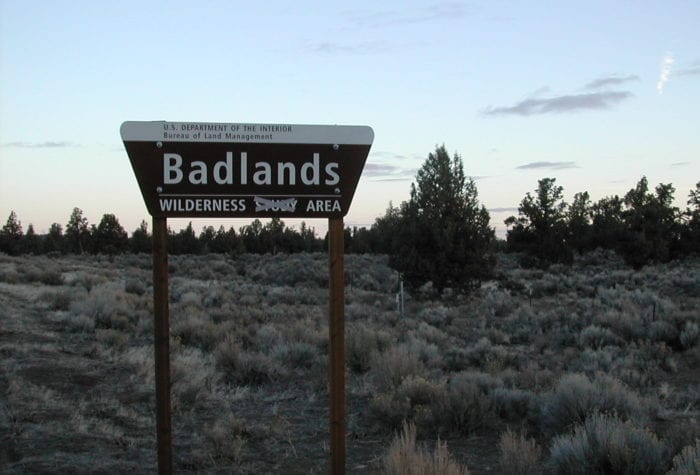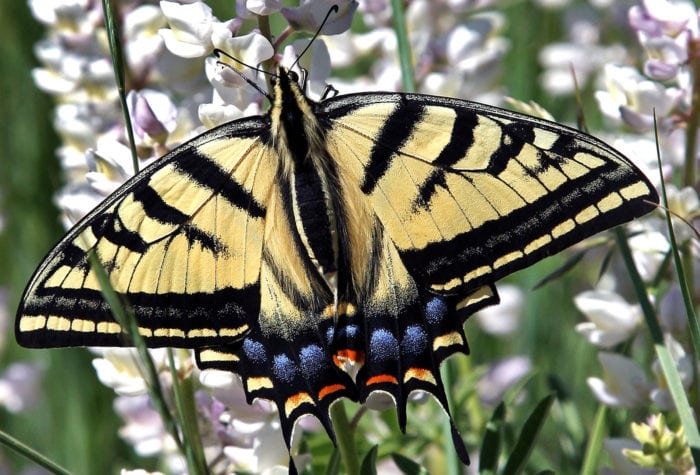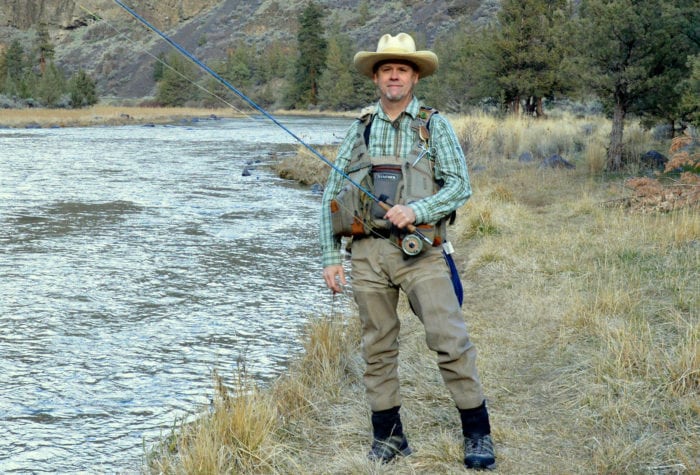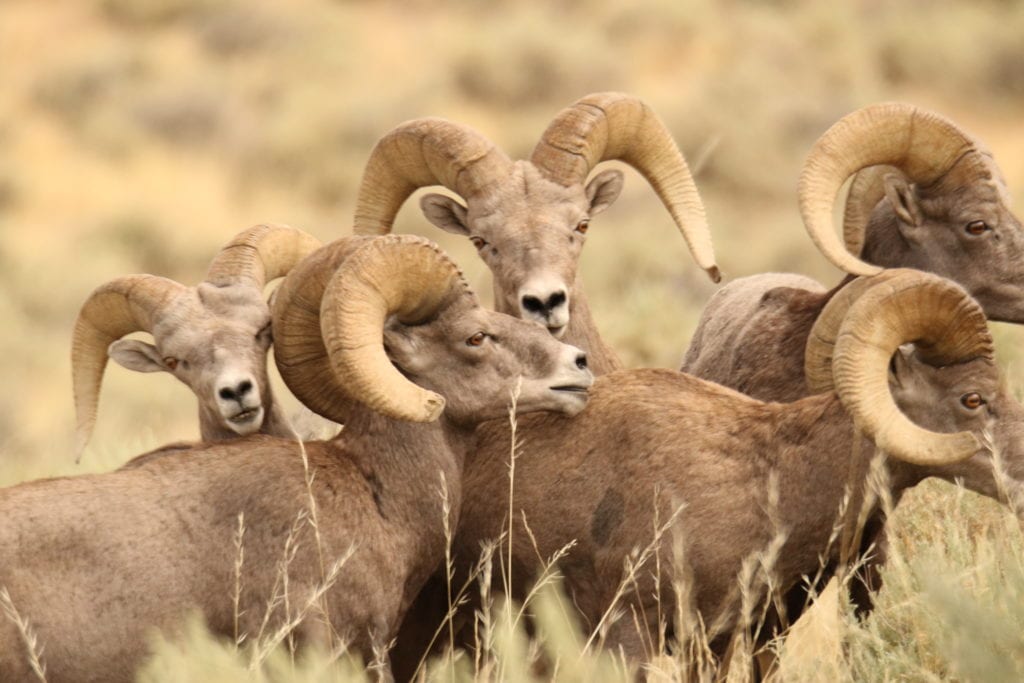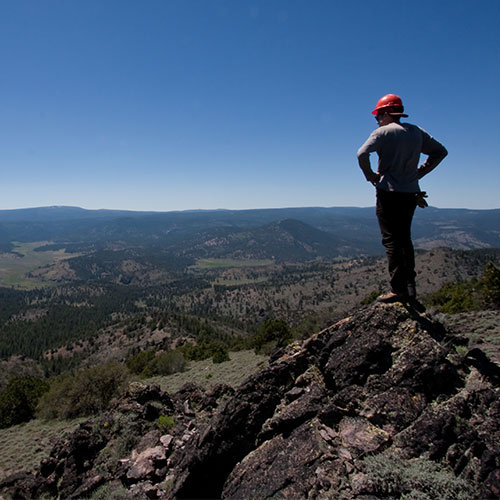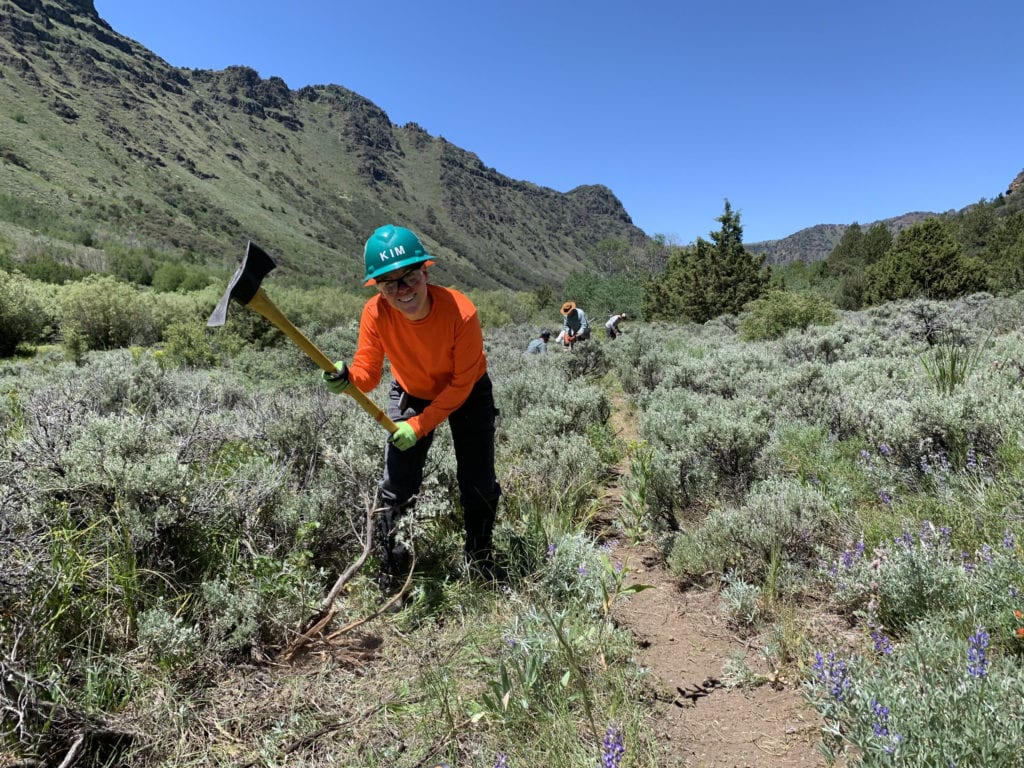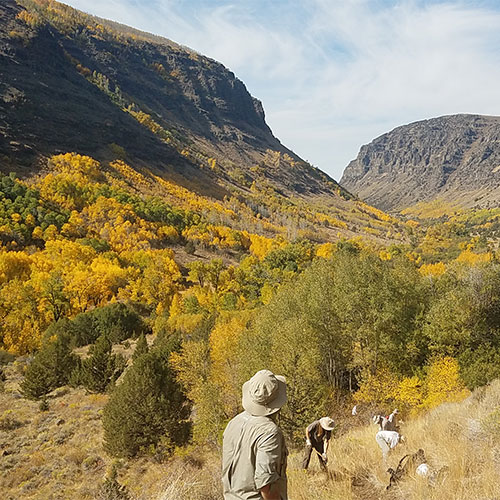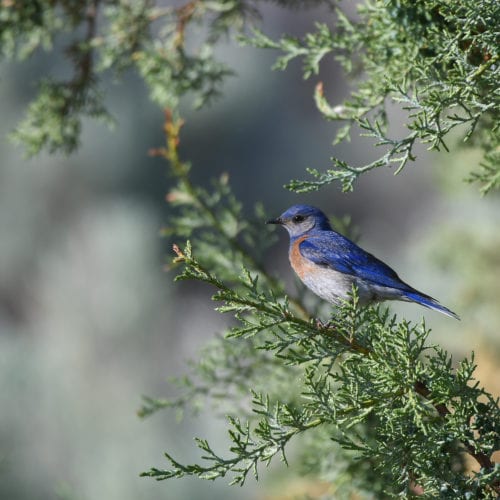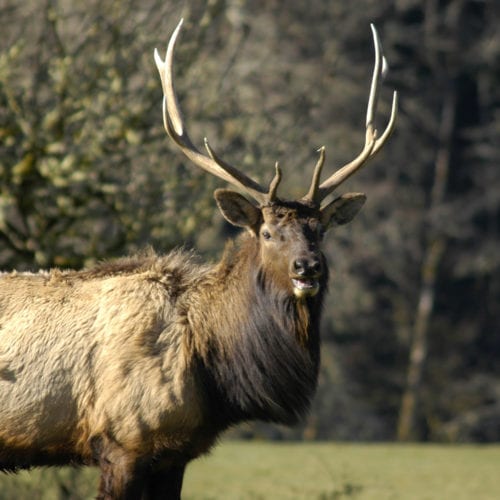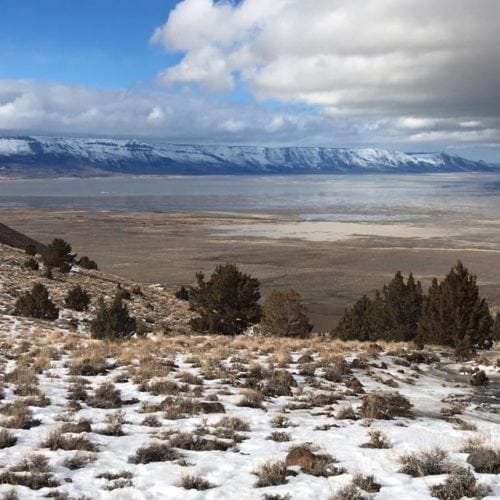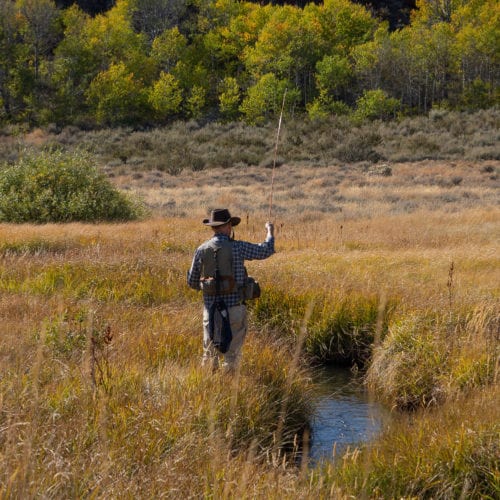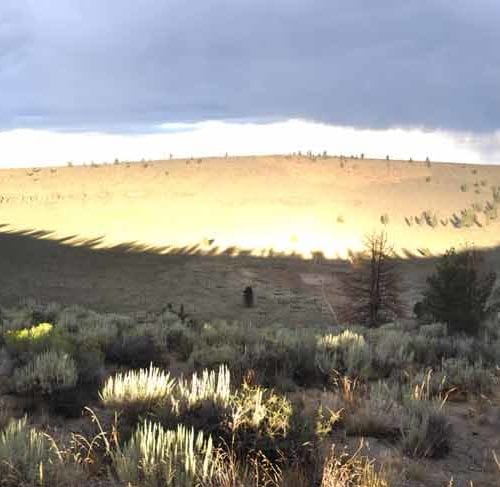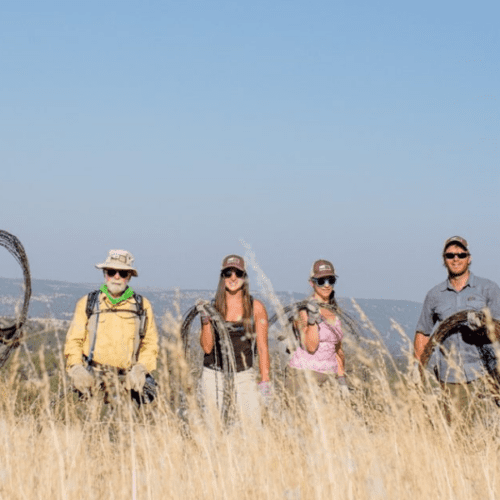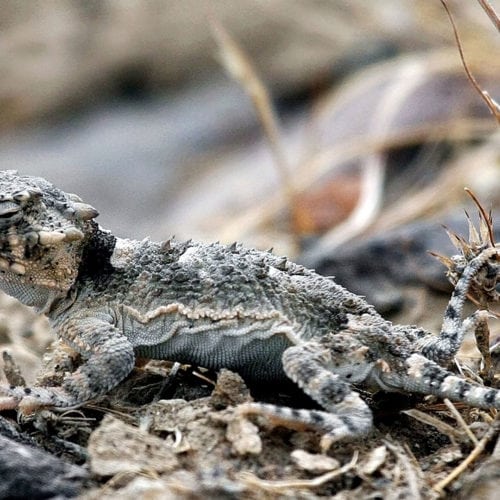Your Next Autumn Activity:Volunteering
As golden aspen leaves and frosty mornings mark the arrival of fall in Oregon’s high desert, welcomed rains are bringing fire danger down and allowing volunteers to resume work on […]
Read MoreStreamside Story: Cody Hess
Author: Joanna Zhang | Published: June 3, 2021 | Category: Profiles “While I was out there, I didn’t see a single person, didn’t hear an airplane or truck. There was […]
Read MoreWhere-To: Seeking Spring in Central Oregon
Spring is fast approaching in the high desert. As the daylight hours grow longer, signs of the shifting season can be seen popping up across the region. The desert will […]
Read MoreWinter Wildlife Watching
By Scott Bowler What’s there to do in the desert in the winter? Watch wildlife! In many ways, especially at lower elevations, winter’s cold weather can provide some great hiking […]
Read MoreSigns of Winter
Author: Scott Bowler | Published: Dec. 15, 2020 | Updated: Dec. 21, 2021 | Category: Phenology Winter may seem harsh, and it is indeed a difficult time to live outdoors, […]
Read MoreHealthy Escapism
“A Year in Oregon’s High Desert” offers escapism you can feel good about Feeling stressed? A dose of natural beauty could help. Studies have shown that spending time in a […]
Read MoreWhat Wild & Scenic Looks Like
Did you know that, in addition to rivers, the Wild and Scenic Rivers Act can also protect creeks, streams and lakes? Wild and Scenic desert waters take many forms and […]
Read MoreHole in the Ground
Hike to Hole in the Ground, one of author William L. Sullivan’s favorite high desert destinations! This weird, half-mile-wide pit really looks like a meteorite crater, but it is in […]
Read MoreProtect Desert Rivers
Senator Ron Wyden is looking to add more Wild & Scenic Rivers to Oregon’s legacy of protected waterways and you have the chance to conserve 825 miles of desert rivers […]
Read MoreSummertime Strategies
Wow, it’s hot out there in the high desert! At least much of the time … not so much at night … and not every day either. (I can clearly […]
Read More